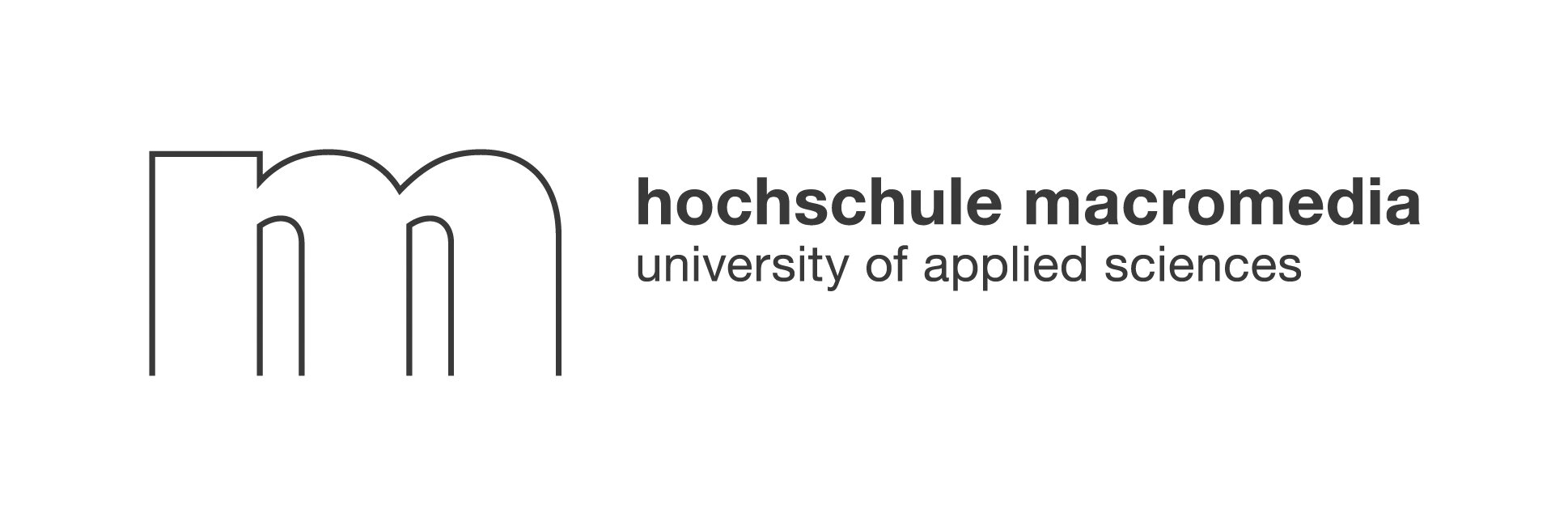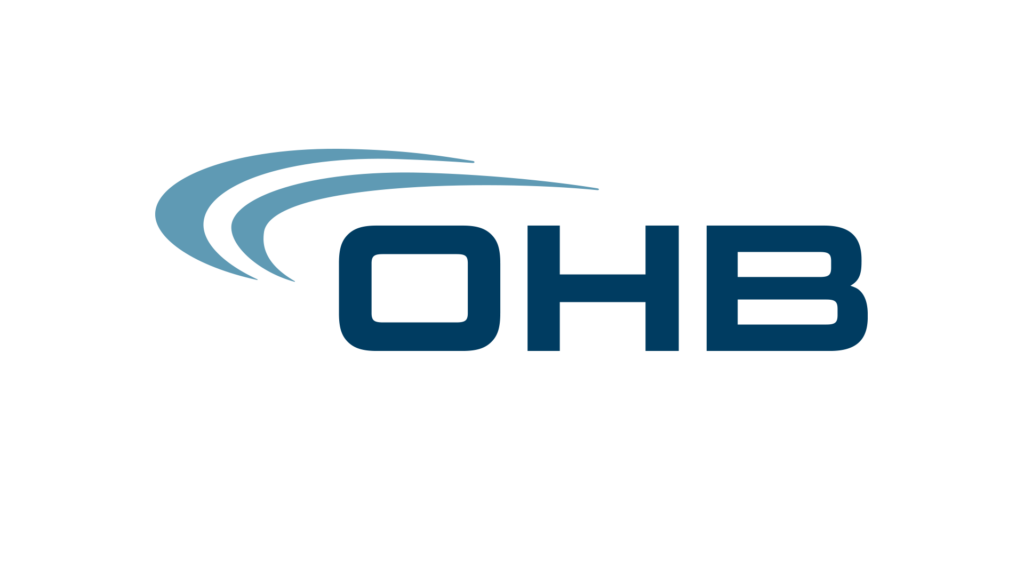Burnout at work isn’t just about feeling tired after a tough week. It’s a deep, draining state that can sneak up on anyone—especially in today’s hybrid and remote workplaces. If you’ve ever wondered why even well-meaning wellness programs sometimes fall flat, or why you still feel isolated despite virtual team-building, you’re not alone. The truth is, burnout at work is a complex challenge, but new approaches—like AI-driven, personalized micro-events—are changing the game. Let’s unpack what burnout really is, how to spot it early, and how companies like Neroia are revolutionizing how we prevent and recover from it.
What Exactly Is Burnout at Work?
From Everyday Stress to Clinical Syndrome
Most people experience work stress from time to time. But burnout at work is more than just a rough patch or a bad day. The World Health Organization defines burnout as a syndrome resulting from chronic workplace stress that has not been successfully managed. It’s not a fleeting mood; it’s a state where rest, weekends, and even vacations no longer restore your energy.
Unlike regular stress, which might motivate you to push through a deadline, burnout leaves you feeling depleted, cynical, and ineffective. It can develop gradually, sometimes so slowly that you don’t realize what’s happening until you feel completely empty.
“Burnout is not just about being tired—it’s the extinction of motivation or incentive, especially where one’s devotion to a cause or relationship fails to produce the desired results.”
— Herbert Freudenberger, psychologist and pioneer in burnout research
The Three Dimensions Psychologists Measure
Psychologists assess burnout at work based on three core dimensions:
- Emotional exhaustion: Feeling drained and unable to recover, even after rest.
- Depersonalization or cynicism: Growing mental distance from your job, often feeling negative or detached from coworkers and tasks.
- Reduced personal efficacy: Doubting your own competence and struggling to achieve at work.
These elements combine to create a powerful sense of disengagement and can lead to serious health and career consequences if left unaddressed.
Early Warning Signs You Shouldn't Ignore
Burnout at work rarely appears overnight. It creeps in through subtle signals—physical, emotional, and cognitive—that are easy to dismiss until they become overwhelming.
Physical Red Flags
The body often speaks first. Watch for:
- Frequent headaches or muscle pain
- Changes in sleep patterns (insomnia or oversleeping)
- Unexplained stomach issues or digestive problems
- Constant fatigue, even after a good night’s sleep
You might also notice you’re getting sick more often, as chronic stress weakens your immune system.
Emotional and Cognitive Cues
Burnout at work also affects your mood and mind. Common signs include:
- Feeling irritable or unusually impatient
- Trouble concentrating or making decisions
- Loss of motivation or enthusiasm for work
- Detachment from colleagues or projects
- Increased cynicism or negative thinking
If you find yourself dreading work, fantasizing about quitting, or feeling like nothing you do matters, it’s time to take these signals seriously.
“Do you drag yourself to work and have trouble getting started? Do you feel let down by your job? If yes, you might have job burnout.”
— Mayo Clinic Staff
Why Burnout at Work Happens: 6 Root Causes
Understanding the roots of burnout at work is key to stopping it before it starts. Research shows that certain workplace factors—especially in hybrid and remote settings—make burnout more likely.
Workload, Control and Reward Gaps
Burnout thrives when there’s a mismatch between what’s expected and what’s possible. The six most common root causes are:
Hybrid and remote work can amplify these issues. Without face-to-face support, it’s easy for employees to feel invisible, unappreciated, or out of sync with their teams.
Culture Clashes and Value Misalignment
A workplace culture that prizes constant availability, ignores boundaries, or fails to foster real connection is a breeding ground for burnout. When employees feel pressured to always “be on,” or when diversity, inclusion, and fairness are lacking, stress multiplies.
Traditional wellness programs—like generic webinars or one-size-fits-all challenges—often miss the mark, especially in hybrid environments. They may not address the unique stressors or isolation that remote workers feel, and can even become another box to check rather than a source of genuine relief.
The Hidden Costs for You and Your Company
Burnout at work isn’t just a personal struggle; it’s a business challenge with real costs.
Health Risks Backed by Research
Studies show that burnout increases the risk of:
- Depression and anxiety (up to 180% higher risk)
- Heart disease and high blood pressure
- Type 2 diabetes (up to 84% higher risk)
- Sleep disorders and weakened immunity
These health issues can linger long after the initial burnout fades, affecting every area of life.
Productivity, Turnover and Brand Damage
For organizations, the impact is just as serious. Burnout at work leads to:
- Lower productivity and creativity
- Higher absenteeism and presenteeism (being at work but not fully functioning)
- Increased turnover and costly recruitment cycles
- Damage to employer brand and reputation
“When workers are suffering from burnout, their productivity drops, and they may become less innovative and more likely to make errors.”
— Dennis P. Stolle, JD, PhD, American Psychological Association
Self-Assessment: Are You Headed Toward Burnout?
Recognizing burnout early can make all the difference. A simple self-assessment can help you spot trouble before it spirals.
5-Minute Quiz Using Validated Tools
Ask yourself the following questions:
- Do you feel exhausted, even after rest?
- Are you becoming cynical or negative about your job?
- Do you struggle to concentrate or complete tasks?
- Have you withdrawn from colleagues or social activities?
- Do you feel unappreciated or ineffective at work?
If you answered “yes” to most, you might be experiencing burnout at work. For a more structured approach, tools like the Maslach Burnout Inventory or the Utrecht Work Engagement Scale can provide deeper insights.
Interpreting Your Score and Next Steps
If your score suggests burnout, don’t panic. The first step is acknowledging it—then, you can take action. Reach out to a manager, HR, or a mental health professional. Remember, burnout is common and treatable, especially when caught early.
How to Recover and Re-Energize Without Quitting
Burnout at work doesn’t have to mean the end of your job—or your well-being. There are practical steps you can take to feel better, even if you’re not ready (or able) to leave your role.
Quick Wins for Relief This Week
Try these fast-acting strategies:
- Take regular breaks, especially outdoors or away from screens
- Practice mindfulness or short meditation sessions (even 5 minutes helps)
- Reconnect with a coworker for a casual chat or virtual coffee
- Adjust your workload by prioritizing tasks or asking for help
- Block time for a hobby or activity you enjoy, outside of work
Longer-Term Habit Shifts That Stick
Sustainable recovery from burnout at work requires ongoing changes:
- Set clear work-life boundaries—turn off notifications after hours
- Build supportive relationships at work; seek out micro-groups or communities
- Advocate for flexibility in your schedule or responsibilities
- Invest in your physical health: regular sleep, exercise, and balanced meals
- Reflect on your values and align your work with what matters most
“Burnout isn’t something that just happens to you. You can choose to take a hard look at what factors are contributing to your burnout and make new choices to improve at least some of them.”
— Allaya Cooks-Campbell, BetterUp
Building a Burnout-Proof Career and Team
Preventing burnout at work is easier—and more effective—when it’s a team effort. Both individuals and leaders play a role.
Setting Boundaries and Sustainable Goals
Here’s how to protect yourself and your team:
- Communicate limits clearly (e.g., “I’m unavailable after 6 pm”)
- Celebrate small wins and progress, not just big achievements
- Encourage regular check-ins about workload and well-being
- Make time for social connection, even in small groups
How Leaders Can Create Protective Workplaces
Leaders have a unique opportunity to shape a culture that resists burnout. The most effective strategies include:
- Regularly measure engagement and stress levels through surveys or pulse checks
- Offer flexibility in work arrangements and schedules
- Recognize and reward contributions authentically
- Foster a sense of belonging with inclusive, small-group activities
Why Traditional Wellness Programs Fall Short—and How Neroia Fills the Gap

Many companies have tried to tackle burnout at work with wellness webinars, step challenges, or generic mindfulness apps. But in hybrid and remote environments, these efforts often miss the mark for three reasons:
- Superficiality: Programs feel like another task rather than a real source of support.
- Hybrid Isolation: Employees working remotely may feel left out or disconnected from in-person events.
- Lack of Personalization: One-size-fits-all solutions don’t address unique needs, interests, or schedules.
This is where Neroia’s vision stands out. By leveraging artificial intelligence, Neroia’s platform effortlessly connects coworkers for micro-events—such as yoga, Qigong, or cultural meetups—tailored to individual interests and availability. Instead of planning headaches or awkward large-group sessions, employees get authentic, organic opportunities to engage in ways that feel natural and meaningful.
“Neroia’s AI-driven micro-events foster authentic connections and minimize planning friction, making it easy for employees to discover and join activities that truly resonate with them.”
Neroia’s approach addresses the root causes of burnout at work by:
- Breaking down silos and building real relationships, even in hybrid or remote teams
- Integrating with existing wellness tools (like mental health apps or pulse surveys) for a seamless experience
- Using anonymized analytics to help HR understand and support employee well-being—without sacrificing privacy
For example, in recent pilots, employees could join small-group yoga sessions, company runs, or mindfulness meetups, all coordinated by Neroia’s AI chat. This not only boosted engagement but also helped participants feel seen, valued, and connected—key ingredients for resilience against burnout.
How Neroia’s AI Platform Combats Burnout in Hybrid and Remote Work
Let’s look at how Neroia’s solution transforms the fight against burnout at work, especially for distributed teams:
By integrating with wellness apps, pulse surveys, and existing benefits, Neroia’s platform creates a flexible ecosystem. Employees can discover new activities, join with just a click, and build genuine connections—no matter where they work.
Bullet List: Key Features of Neroia’s Approach
- AI-driven matching for micro-events based on interests and schedules
- Seamless integration with existing wellness and engagement tools
- Anonymized, privacy-first analytics for HR and leadership
- Closed, secure community to foster trust and openness
- Effortless discovery and participation—no manual planning required
2025 Trends: Why Small-Group Engagement Is the Future of Burnout Prevention
Looking ahead, the most effective strategies to combat burnout at work align with three big trends:
- Mental Health Support: Employees expect real, ongoing resources—not just crisis hotlines.
- Flexible Work Arrangements: Burnout prevention must work for both in-office and remote staff.
- Small-Group Engagement: Research shows that micro-groups (3-4 people) build stronger bonds, increase participation, and foster resilience.
Neroia’s platform is designed for these trends. By focusing on small, authentic interactions, it helps employees recharge, share experiences, and support one another. This not only reduces stress but also boosts retention, well-being, and productivity.
“Healthy relationships with coworkers, friends, and family can help buffer workplace stresses.”
— American Psychological Association
Ordered List: Steps to Build a Burnout-Resistant Team with Neroia
- Assess employee needs using pulse surveys and engagement analytics.
- Integrate Neroia’s platform with existing wellness and HR tools.
- Launch AI-curated micro-events (yoga, mindfulness, cultural exchanges) tailored to team interests.
- Encourage regular participation and celebrate small wins.
- Use anonymized insights to continuously refine and improve offerings.
The Neroia Difference: Breaking Silos, Building Resilience
Burnout at work is a serious challenge, but it’s not inevitable. By shifting from generic wellness programs to AI-powered, personalized micro-events, companies can create a culture where employees feel energized, connected, and valued.
Neroia is leading this transformation—helping organizations break down silos, foster vibrant connections, and build a workplace where everyone can thrive. If you’re ready to move beyond surface-level solutions and truly combat burnout at work, discover how Neroia’s AI-driven platform can make a difference for your team.
“Choose to make your wellness a priority, understand your own role in burnout, and ask for help if you need it.”
Ready to revolutionize your approach to burnout at work? With Neroia, you can effortlessly discover authentic connections and create a culture of well-being that lasts.




